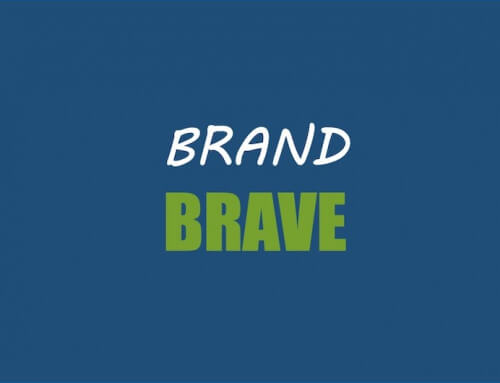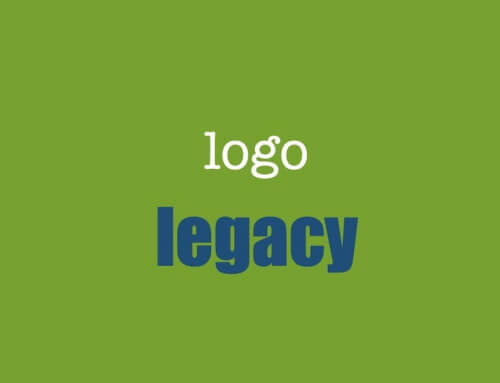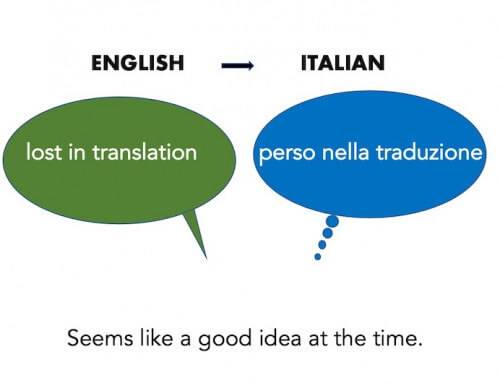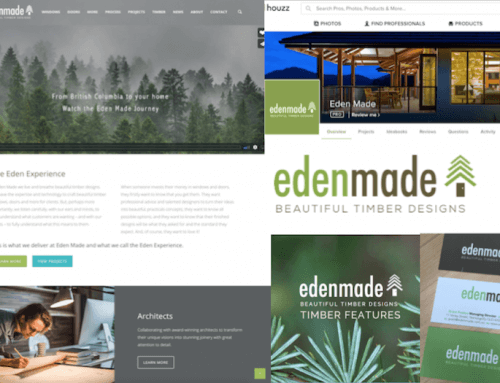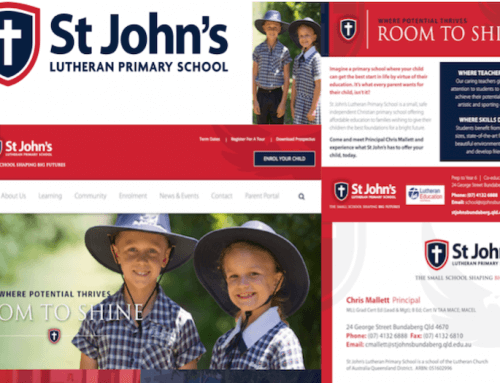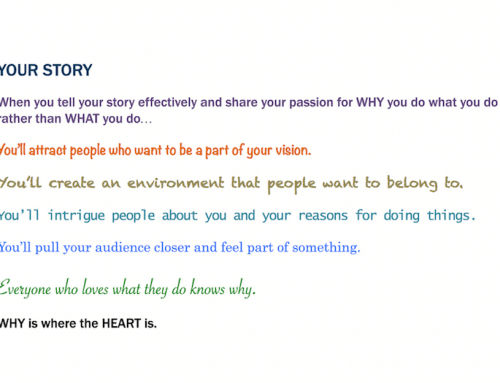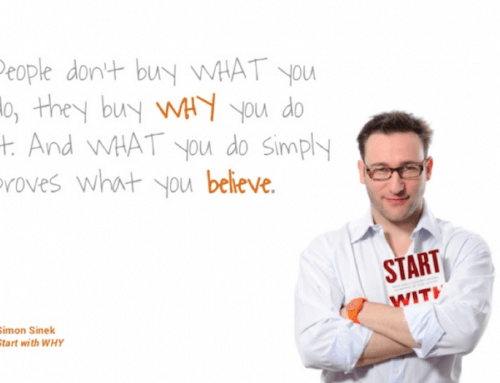Global rebrand experience of value to smaller brands
Spend a bit of time with us and you’ll understand that we are passionate about branding. It encompasses many things including an organisation’s logo, which can have a major impact on a company’s appeal to customers.
We’ve worked for two global giants that rebranded for very valid reasons. Let us take you through the process.
Prudential
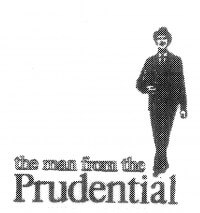
Prudential PLC is a British multinational life insurance and financial services company, founded in May 1848. In its early days the man from Prudential would call round to policy holders to collect their premiums from working class famlies. These origins were highlighted almost 100 years later when in 1949 the household phrase, the ‘Man from the Pru’ was the hero of a new advertising campaign to re-establish the agent after WWII.
Fast forward to the mid-1980s when feminism and female empowerment were on the rise with independent working women and the man no longer spoke to half their potential target customers, nor reflected their mixed gender agency force.
Enter,the classical Greek image of Prudence (Prudentia), one of the four cardinal virtues, and coincidentally an enduring symbol of Prudential since 1848, when a painting of Prudence by Sir Joshua Reynolds was used as the company seal.
Represented historically with a mirror and snake, Prudential added an arrow for the serpent to wrap itself around incorporating the following messages:
- The Serpent – ancient symbol of wisdom

- The Arrow – simplifying strength of purpose
- The Mirror – seeing the world and oneself as they really are.
All this on top of the connotations of prudence: memory, intelligence and foresight –wise financial management.
In the mid-80s the man was used less and less and Prudential’s logo was represented in orange. 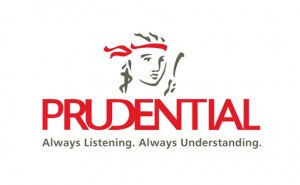 The new logo was grey and red; the soft grey to reflect feminine sympathies and the red having a more masculine appeal.
The new logo was grey and red; the soft grey to reflect feminine sympathies and the red having a more masculine appeal.
A key part of the transition was not just to reposition the company to both genders but also to highlight that the company was more than an insurance company. They had and have a range of financial planning products for wealth creation. In recent years the logo has evolved once more with condensed type font and new tagline.
Lotus
Back in the early 1980s when the IBM personal computer was first launched, the Lotus 1-2-3 spreadsheet became the most prominent application used by business. Founded in Boston, Massachusetts, the company was named after the Yoga pose, the Lotus position, which is said to resemble the Asian Lotus flower, a beautiful flower that rises from muddy waters. Throughout history it has been a symbol of purity, strength, beauty, achievement and enlightenment.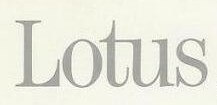
The logo was represented in grey on white reflecting the calmness of the flower and the meditating position. In the 90s, the software industry moved from DOS to Windows offering a WYSIWYG interface. Microsoft’s speed to market with its applications and bright start-up menu saw it over take its East Coast rival.
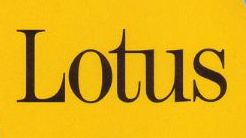 To announce to the world their suite of Windows applications, Lotus rebranded using the same logo but now in black on bright yellow. The imagery was bold, fresh and confident portraying sunshine and colourful personality. Yellow was also chosen so the packaging would stand out on computer reseller shelves and in offices, reinforcing the branding. Another aspect of the new yellow was it was very close to the yellow in Microsoft’s four-panel windows icon, thereby reinforcing it’s alignment with the windows platform.
To announce to the world their suite of Windows applications, Lotus rebranded using the same logo but now in black on bright yellow. The imagery was bold, fresh and confident portraying sunshine and colourful personality. Yellow was also chosen so the packaging would stand out on computer reseller shelves and in offices, reinforcing the branding. Another aspect of the new yellow was it was very close to the yellow in Microsoft’s four-panel windows icon, thereby reinforcing it’s alignment with the windows platform.
 Shortly thereafter, the company was acquired by IBM and the logo went through additional revisions. Through the transition process the company name was lost to the world with only their software remaining — illustrated in a typefont that was more representative of the digital age.
Shortly thereafter, the company was acquired by IBM and the logo went through additional revisions. Through the transition process the company name was lost to the world with only their software remaining — illustrated in a typefont that was more representative of the digital age.
Where is your brand logo at?
Is it reflective of who you are as a company, or perhaps more importantly, what you want to become? We have a brand pyramid process that we work through with clients to help them gain clarity on their brand and what changes they need to make. Talk to us today!


